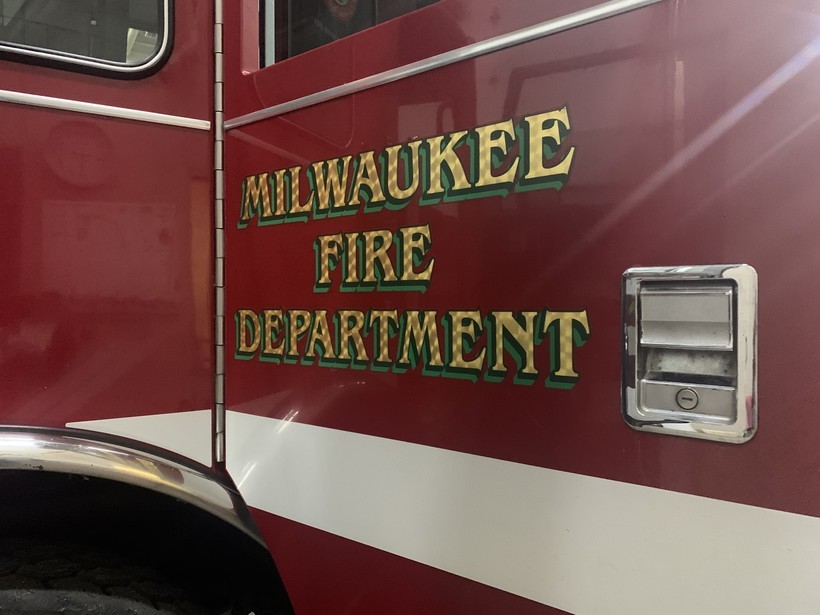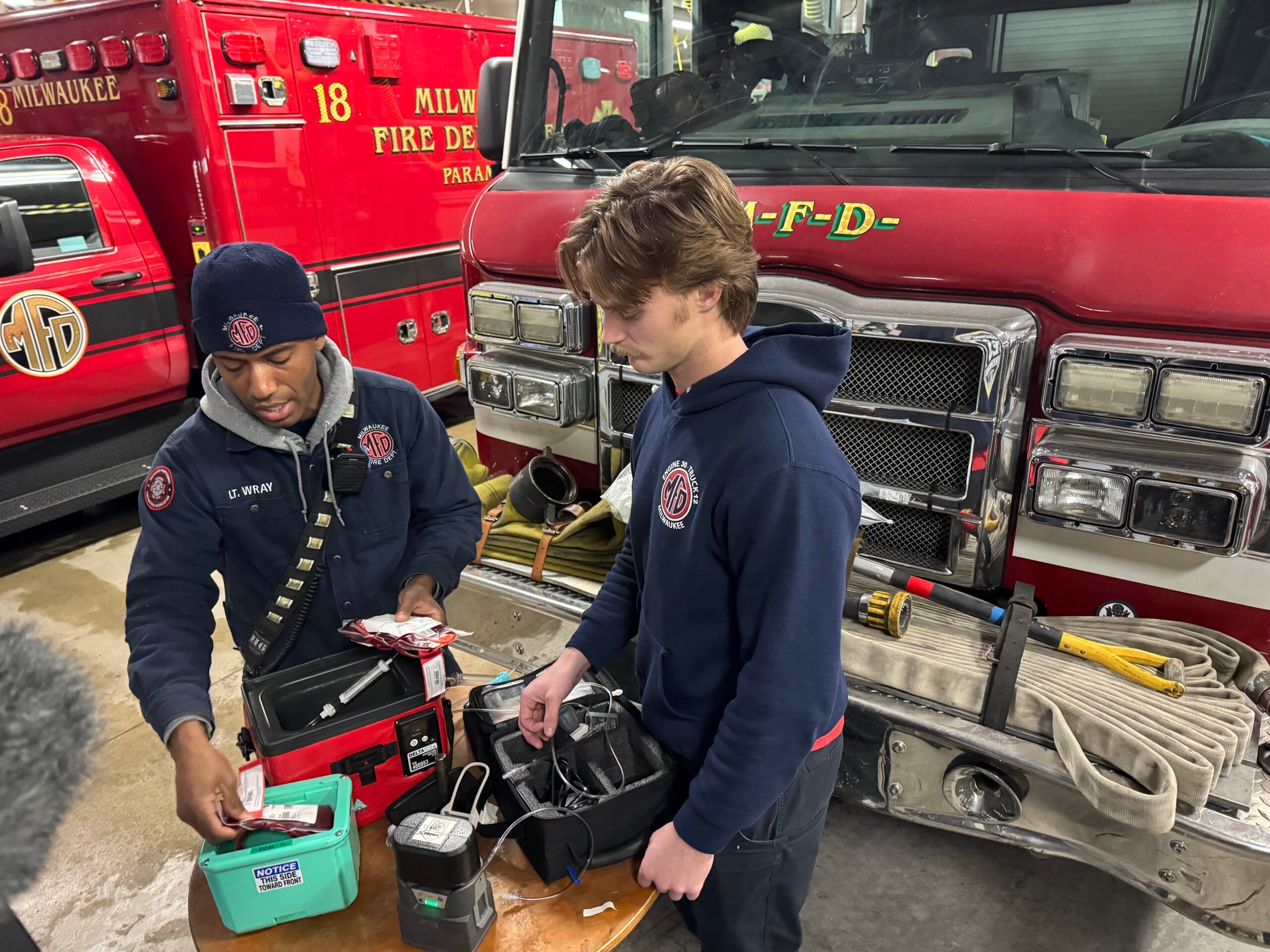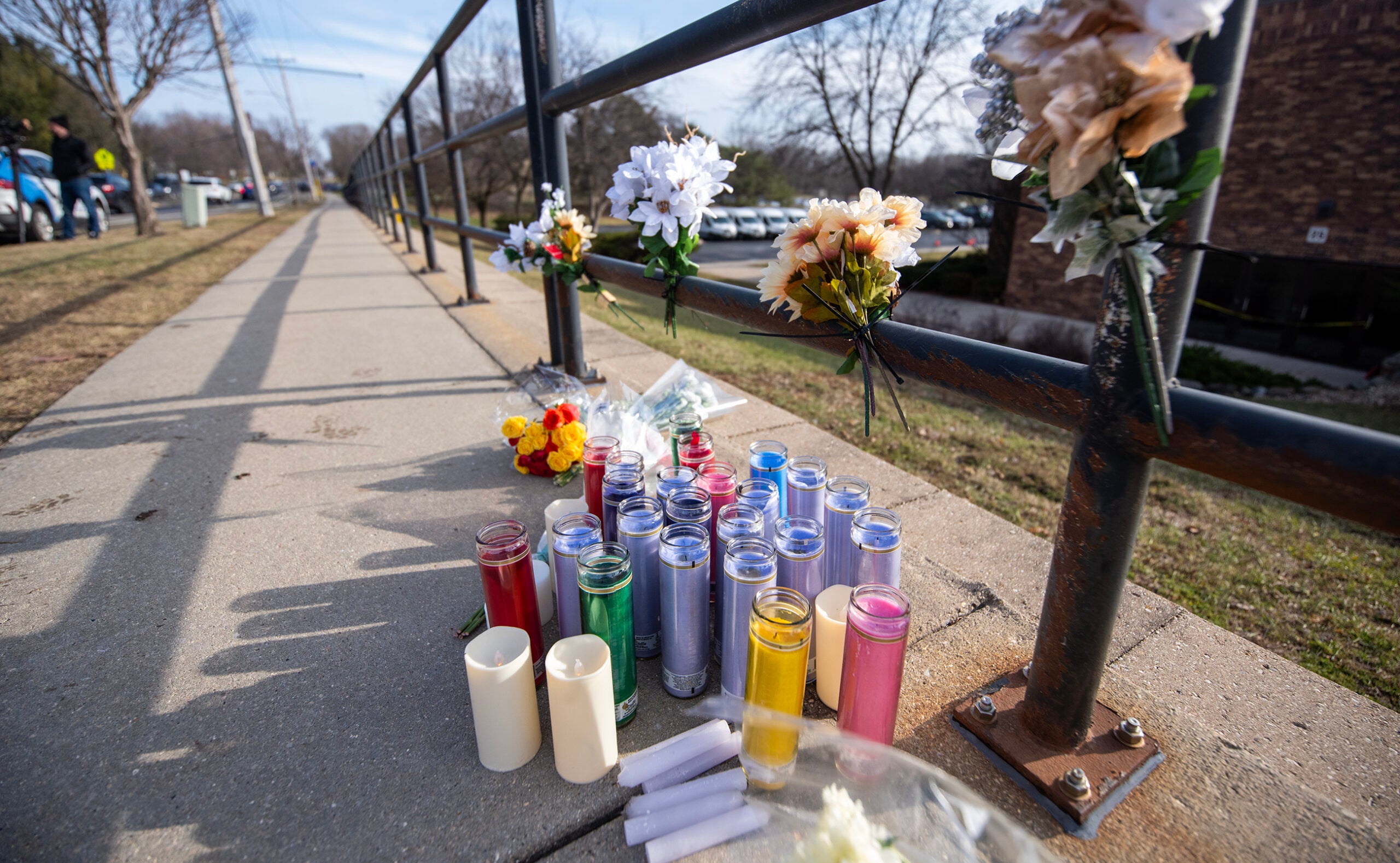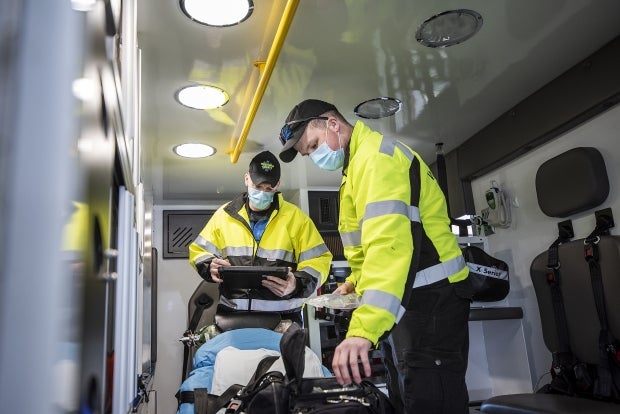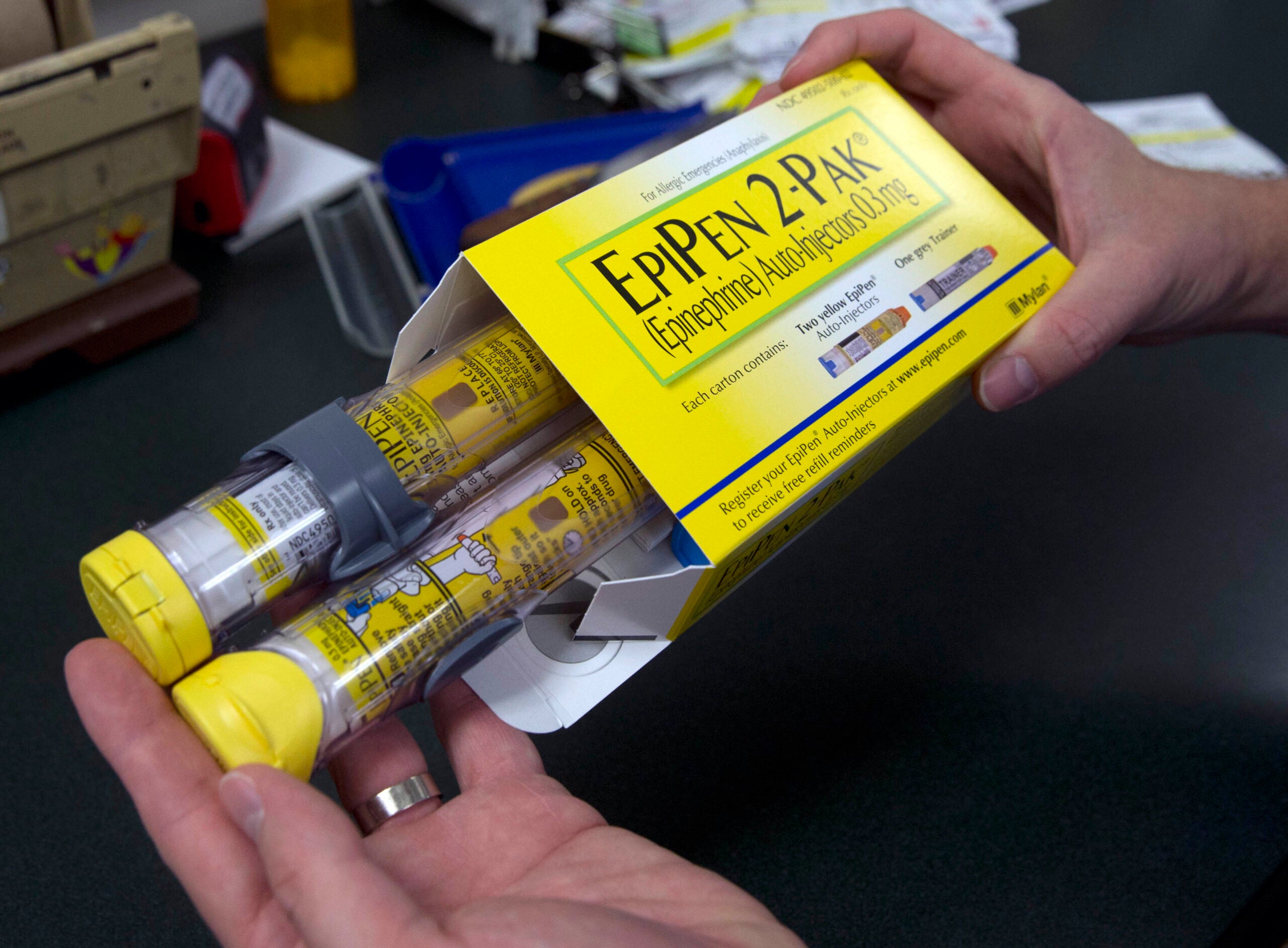A Milwaukee woman whose death at a bus stop on a freezing cold day inspired a change in the city’s 911 response policy died of heart disease.
The Milwaukee County Medical Examiner released the “final cause of death” report for Jolene Waldref on Tuesday. The report states Waldref, 49, died of “hypertensive and atherosclerotic cardiovascular disease.”
An email from the medical examiner’s office said they would have no further comment. In their initial report shortly after Waldref’s death, the office said it was investigating the possibility her death was caused by hypothermia.
News with a little more humanity
WPR’s “Wisconsin Today” newsletter keeps you connected to the state you love without feeling overwhelmed. No paywall. No agenda. No corporate filter.
Waldref died Jan. 15 after calling 911 from a bus stop. In the call, she sounded confused and distressed. The call was dispatched as a low-priority response, and a private ambulance service was sent to her aid.
The temperature at the time of the call was below zero, with wind chills of 20-below.
When the Curtis Ambulance Service crew arrived at the scene, paramedics never left their vehicle. Their view of Waldref, who was lying on the ground, was blocked by snowbanks. They drove through the intersection and attempted to contact Waldref by phone but left when they were unable to reach her.
A passerby later called 911 again after finding Waldref unconscious. Milwaukee Fire Department paramedics who then arrived were unable to revive her.
An initial report from police by the medical examiner’s office in January said it appeared on security video that Waldref had fallen and hit her head. That report appears to have been mistaken. Video from the scene released to media does not show a fall.
News that the first responders left the scene without looking for the woman after she called for help outraged city residents and many local officials. That prompted a change in policy that requires paramedics in the city to exit their vehicles and look for patients when there is extreme weather or visibility obstructions at a scene.
In February, the Milwaukee Common Council approved new contracts for the two private ambulance companies that serve the city only after they agreed to the change. The city’s 911 medical response is split between fire department paramedics, who are dispatched to the most urgent cases, and the two private services, who typically handle less critical medical emergencies.
Under the new policy, when patients are “not immediately present,” first responders must ask 911 dispatchers to attempt to call the person back, interact with bystanders who may know more about the patient’s location and use their lights and sirens when they arrive at a scene to make themselves more visible.
Wisconsin Public Radio, © Copyright 2026, Board of Regents of the University of Wisconsin System and Wisconsin Educational Communications Board.
